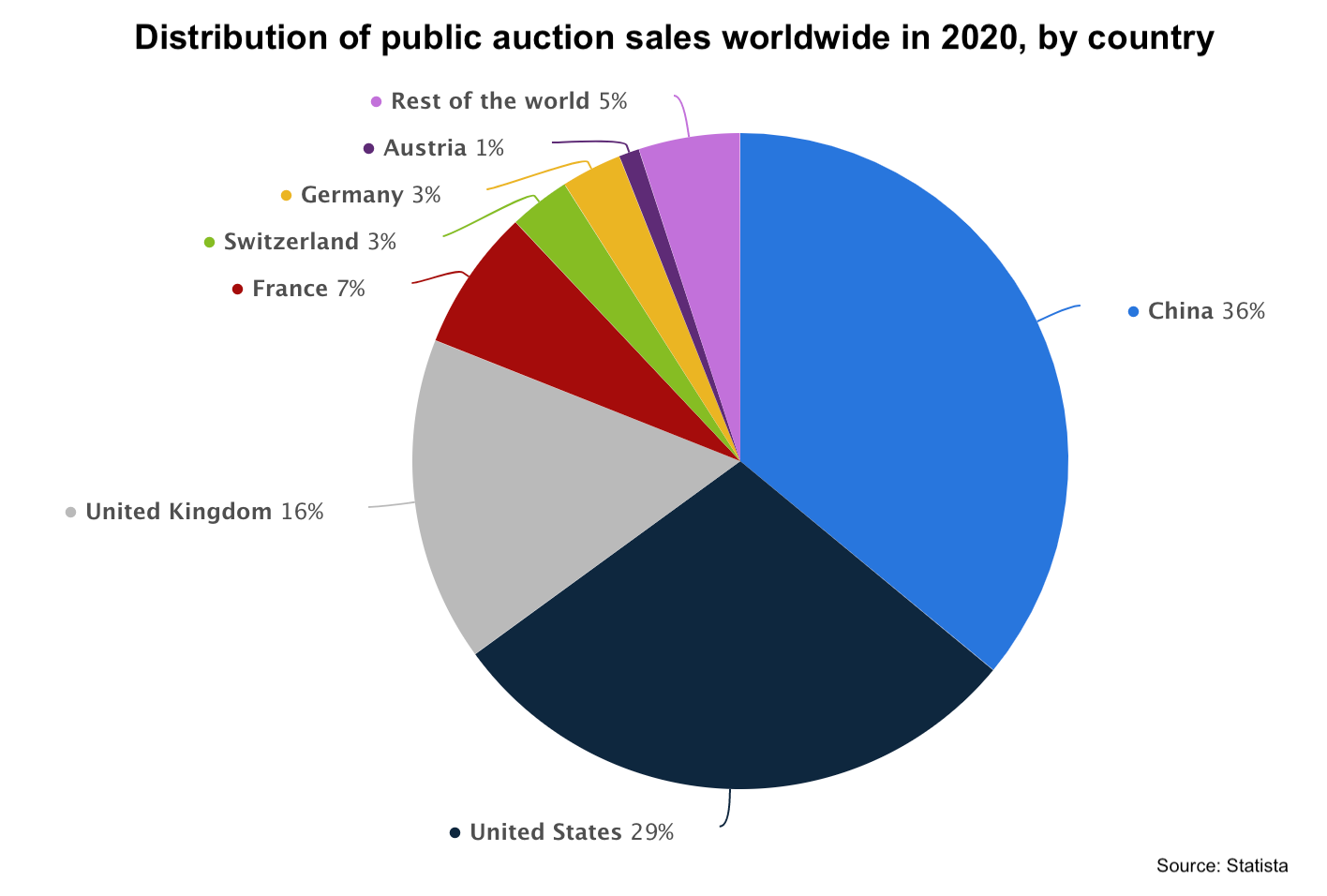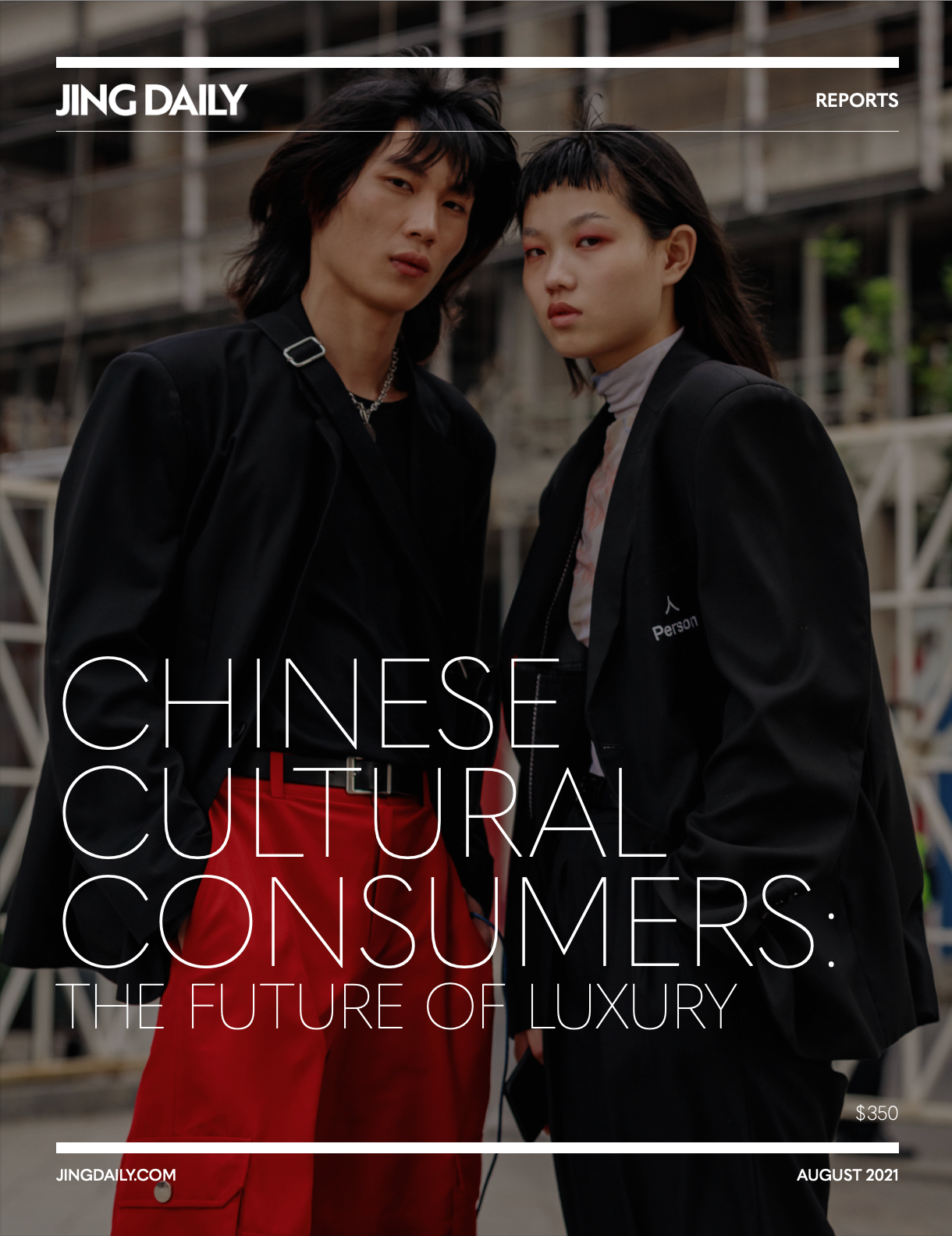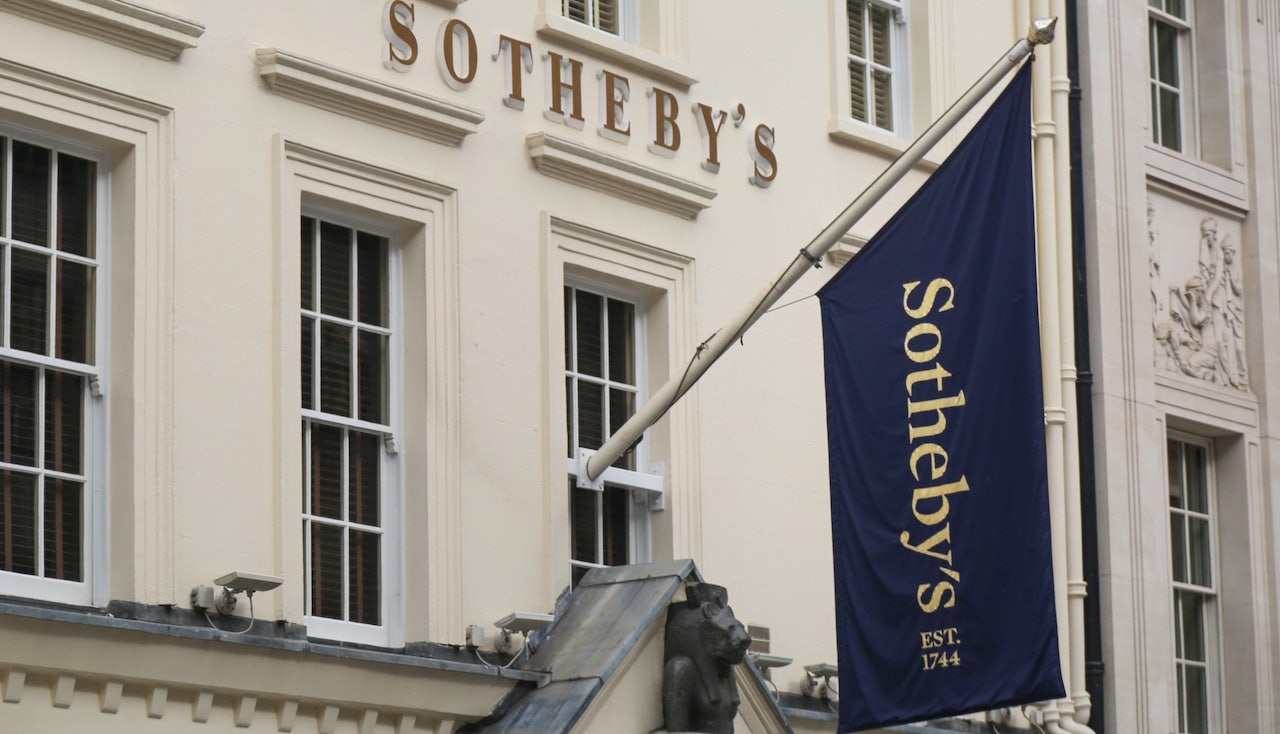Jing Daily’s in-depth market report “Chinese Cultural Consumers: The Future of Luxury” is available for purchase on our Reports page. Packed with 88 pages of market research, exclusive interviews, and on-the-ground consumer insights, the report is a must-read for anyone interested in tapping China’s most powerful new consumer base. Get your copy of the report here.#
As China’s economic fortunes have risen, the past decade has seen Chinese collectors become a focal point for the art world. In 2011, China became the world’s largest art market for the first time, surpassing Europe and the United States and accounting for 50 percent of global art auction sales, according to joint reports from Artnet and the China Association of Auctioneers. However, several macro factors drove Chinese art demand to experience considerable declines in the ensuing years, among them slowing economic growth, uncertainties in trade relations, and a more stringent regulatory environment.
The COVID-19 pandemic compounded the difficulties facing China’s art sector, although it also spurred changes to the business models of auction houses that will have profound long-term impacts, while China’s ability to rebound from the coronavirus more rapidly than the United States and Europe has shifted the focus firmly back to that market.
According to the Art Market 2021 report from UBS and Art Basel, Greater China art sales in 2020 were 49 percent below their 2011 peak of $19.5 billion. But while China’s overall share of the global art market has been shrinking — from 21 percent in 2017 to 18 percent in 2020 — China took the global lead in auction sales in 2020. Worldwide, public auction sales of fine and decorative art and antiques fell by 30 percent to $17.6 billion, according to the UBS-Art Basel report, but the impact in Greater China was considerably smaller at 11 percent, and its total of $6.3 billion in auction sales represented 36 percent of the global total.

Chinese artworks have traditionally dominated auctions in Greater China, and these remain likely to be the top choices even for newer and younger buyers. Observers have also noted an increase in sales at the lower end of the market, even as top-tier pieces continue to draw bidders and new records have been set for Asian auctions over the past year.
Newer buyers, particularly those with overseas education or work experience, have boosted demand for Western and modern and contemporary art. While this interest is unlikely to challenge the overall dominance of Chinese art, it will continue to incentivize major auction houses to expand their business portfolios. One case in point is Sotheby’s Hong Kong’s Spring 2021 contemporary art evening sales featuring works by foreign artists, including from younger generations. The auction set a record for an offering of Western contemporary art in Asia at HKD 573.2 million ($73.8 million). It also earned a record high of HKD 952 million (about $122.5 million) in total sales and all 21 items offered were sold. The most recent dual auctions from Phillips and Poly Auction of 20th century and contemporary art and design in Hong Kong boasted 100 percent sell-through for a combined total of HKD 701.5 million ($90.4 million) and set records for 17 artists.
Fueled by the need to adapt to the impact of the pandemic and attract more digitally-savvy young consumers, auction houses have been diversifying their businesses beyond public auctions and private sales. Emerging strategies include collaborations along with livestreams and virtual events. In February 2021, Sotheby’s partnered with Italian luxury brand Bvlgari for its “Masters Week” auction. The event included a livestream, “From Bernini to Bvlgari: The Beauty of Baroque,” featuring Bvlgari’s creative director for jewelry, Sotheby’s executives, and a British art historian discussing the background behind a piece at auction. Bvlgari also provided items of jewelry worn by some of Sotheby’s specialists during the auction.
Get your copy of Chinese Cultural Consumers: The Future of Luxury on our Reports page.#

